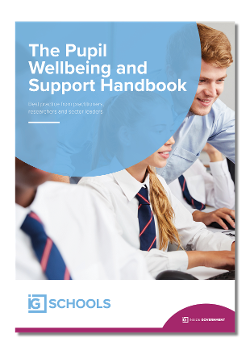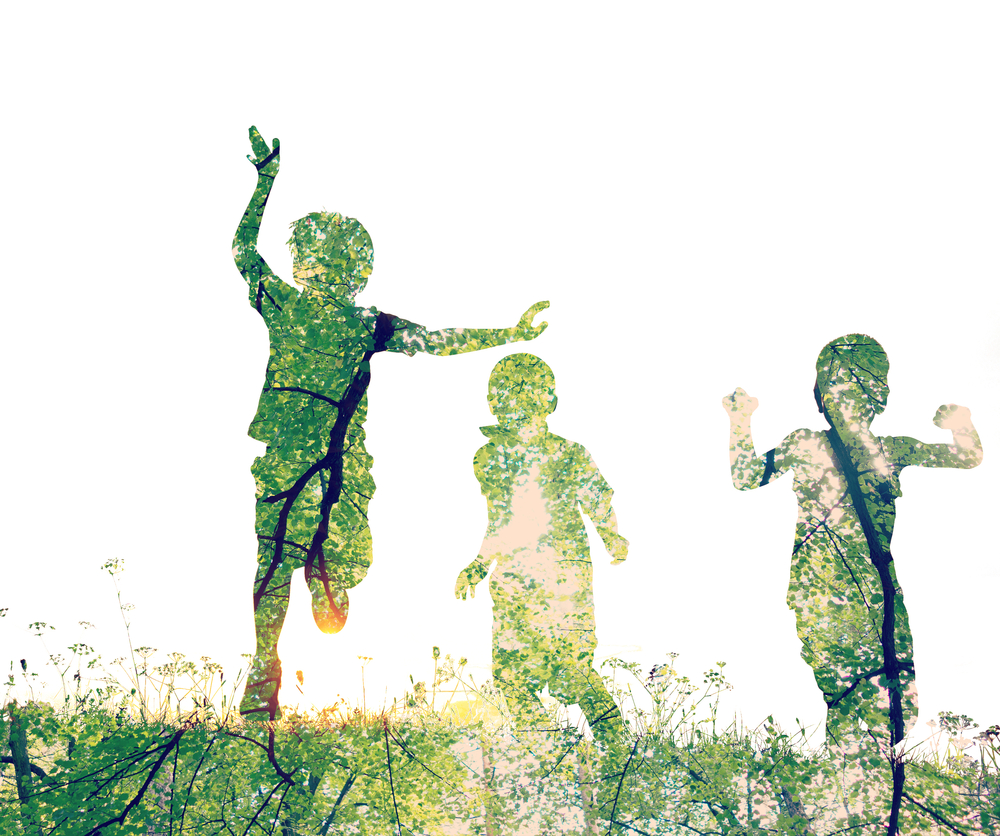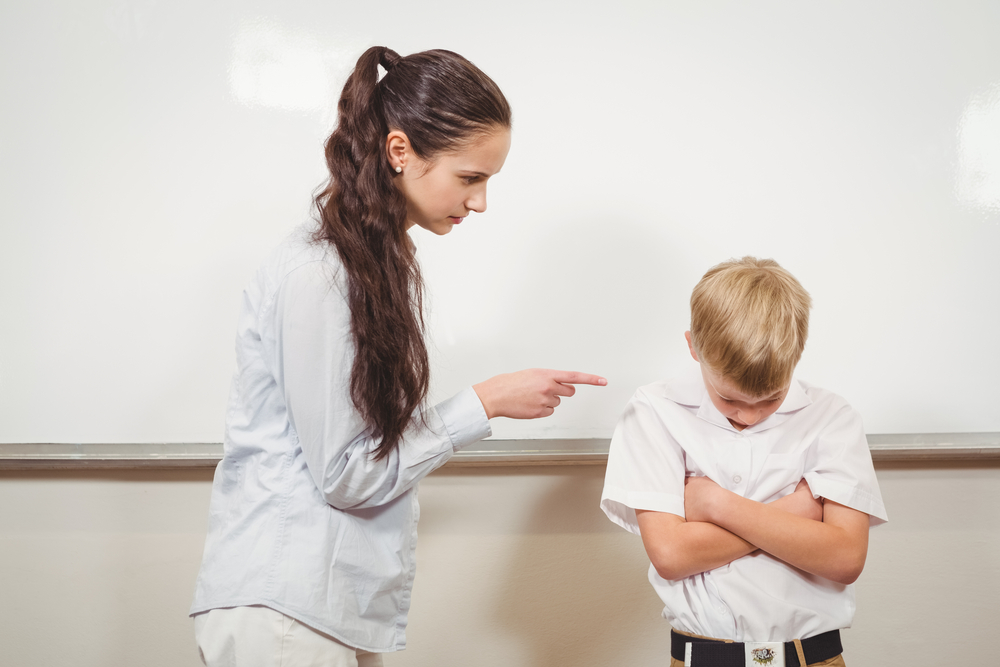Planning social and emotional learning when children return to school
Jean Gross CBE is an Early Intervention Foundation Associate, a Director of The SEAL Community and co-author of the EEF’s Improving Social and Emotional Learning in Primary Schools guidance report.
When children return to school after staying at home for many months, they will bring with them accumulated experiences of anxiety, frustration, low mood and in some cases trauma and bereavement. There will be ongoing economic stressors and more children affected by poverty. There will also be feelings of excitement, and hope.
It will be a time therefore when children need more than ever to draw on the five core social and emotional competencies described in the EEF’s Social and Emotional Learning Guidance Report: self-awareness, self-management, social awareness, relationship skills and responsible decision making. To help them, schools may want to consider increasing their focus on social and emotional learning (SEL) in parallel with academic learning.
The first of the core competencies described in the EEF guidance is self-awareness, the ability to accurately recognise and describe emotions and how they influence thoughts and behaviour. Schools are reflecting on how they can make time in the day to acknowledge and discuss the feelings children will be experiencing and what more they could do both in class time and through whole-school structures, such as worry boxes, e-mail inboxes or drop-ins with an adult.
Many emotions are communicated through touch; at a time when social distancing makes this difficult, it will be particularly important to encourage children and adults to put emotions into words. The EEF guidance suggests simple ways of supporting the appropriate expression of emotions through vocabulary teaching, scaffolding prompts, the use of ‘I messages’ (I feel __ because) and enabling children to locate their emotions on feelings displays at specified times of day.
The second core SEL competency described in the EEF’s guidance is self-management, the ability to successfully regulate one’s emotions to manage stress, control impulses and motivate oneself. The guidance suggests simple strategies that can be built into everyday teaching and learning, such as modelling positive self-talk: “I am unsure and that is making me feel worried, but I know it will not go on forever.”
To support two other core competencies – social and relationship skills – schools will be involving children in thinking about creative ways to connect with their peers. They might want to plan ways to use the type of ‘getting to know you’ activities often used at the start of the year to help them re-establish a sense of belonging in a slightly different group from their usual class or with a different teacher.
At a whole-school level, the sense of belonging could be built by communal reflection on difficulties and losses resulting from the pandemic, but also on the positives it has brought and those elements children and adults would like to keep going after the lockdown ends. This time of change also presents an opportunity to draw on the research in the EEF’s guidance and undertake a whole-school exercise to review how everyone (children and adults) wants to feel at school and as a community create behaviour guidelines to ensure people are feel safe, respected and listened to.
Schools will be looking at their SEL provision and planning what they will teach. The EEF’s guidance recommends 30-60 minutes be dedicated to SEL each week, which could be broken down into 15 minutes per day.
Schools will also be considering how to best incorporate SEL into school routines and high quality teaching as they open to more pupils. While some children – such as those who have experienced bereavement – may need individual help, all children will benefit from a universal SEL offer. Topics may include ways to deal with anxiety and stress, coping with change, bouncing back from disappointments and responding to the smaller but still important losses children will all have experienced – the loss of a holiday or event they had been looking forward to, the normal ‘rites of passage’ marking moving on from one class or school to another or leaving school.
We know children will not just need catch up on missed learning. COVID-19 has highlighted that students attending schools that did not already have a planned, sequenced whole-school SEL curriculum in place before the emergency may be further disadvantaged. The intention of a planned SEL curriculum is to provide universal proactive groundwork in skill development, avoiding reactive SEL provision.
It may now be time to again look at the SEL guidance and think through the principles of developing a sequenced, active, focused and explicit curriculum. I hope that in time we can ensure that all children can develop the core competencies that will help them deal better with whatever life throws at them in the future.
For schools seeking SEL teaching resources:
- www.sealcommunity.org
- www.pshe-association.org.uk
- https://www.mentallyhealthyschools.org.uk/
- www.eif.org.uk
This article originally featured on the Research Schools Network.
Find more advice and guidance via the IG Schools Pupil Wellbeing and Support Handbook



.jpeg)